Stir-fried lamb is a dish that bridges cultures, cuisines, and seasons, offering a symphony of textures and tastes that delight the palate. Whether you’re a home cook honing your skills or a seasoned chef exploring new flavors, mastering the technique of stir-frying lamb opens doors to endless culinary creativity. This article delves into the nuances of selecting, preparing, and cooking lamb to perfection, ensuring every bite is tender, aromatic, and bursting with umami-rich flavor. From marinades that tenderize the meat to the sizzle of the wok, we’ll explore the steps, tips, and secrets to elevate this dish from ordinary to extraordinary.
The Foundation: Choosing the Right Cut of Lamb
The journey to a perfect stir-fry begins with selecting the ideal cut of lamb. Unlike slow-cooked stews that benefit from tougher, fattier cuts like shoulder or shank, stir-frying demands leaner, more tender meat to withstand high heat without becoming chewy. The lamb leg and lamb loin are prime candidates. These cuts boast minimal connective tissue and a delicate texture that cooks quickly, ensuring each piece remains succulent.
When shopping, look for fresh, pinkish-red meat with a fine grain. Avoid cuts with excessive fat marbling, as this can cause flare-ups in the wok and lead to greasiness. If possible, opt for boneless slices or ask your butcher to thinly slice the meat against the grain—a step that shortens muscle fibers and guarantees tenderness.
Marinating Magic: Infusing Flavor and Tenderness
Marinating is not merely a preliminary step; it’s the alchemical process that transforms lamb into a flavor-packed canvas. A well-crafted marinade tenderizes the meat, imparts depth, and creates a caramelized crust when seared. The key ingredients in a classic lamb marinade include:
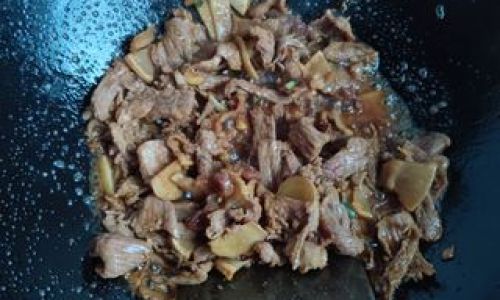
- Soy Sauce or Tamari: Provides saltiness and umami.
- Rice Wine or Shaoxing Wine: Adds a subtle sweetness and deglazes the meat.
- Cornstarch: Acts as a tenderizer and thickener for the sauce.
- Aromatics: Minced garlic, ginger, and scallions for punchy flavor.
- Sugar or Honey: Balances saltiness and aids in browning.
- Spices (Optional): Cumin, coriander, or five-spice powder for complexity.
Combine these elements in a bowl, whisk until the sugar dissolves, and coat the lamb slices thoroughly. Allow the meat to marinate for at least 30 minutes (or up to 4 hours in the refrigerator) to let the flavors meld. This resting period also ensures the cornstarch adheres to the meat, creating a protective layer during cooking.
Preparing the Vegetables and Aromatics
Stir-fries thrive on contrast—tender meat paired with crisp vegetables and fragrant aromatics. Classic companions to lamb include:
- Onions: Sliced into wedges or half-moons for sweetness.
- Bell Peppers: Diced for color and crunch.
- Carrots: Julienned for a hint of earthy sweetness.
- Mushrooms: Shiitake or button mushrooms add meaty texture.
- Aromatics: Fresh garlic, ginger, and chili peppers for heat.
Prep work is crucial here. Cut all vegetables into uniform sizes to ensure even cooking. For example, bell peppers should match the thickness of onion slices, while mushrooms can be halved or quartered depending on size. Set these aside in separate bowls, as they’ll be added to the wok in stages.
The Wok: Your Gateway to High-Heat Perfection
A carbon-steel wok is the traditional vessel for stir-frying, prized for its ability to distribute heat evenly and retain high temperatures. However, a large skillet or cast-iron pan can suffice if a wok is unavailable. The key is to preheat the pan until smoking hot—this sears the meat quickly, locking in juices and creating a Maillard reaction for complex flavor.
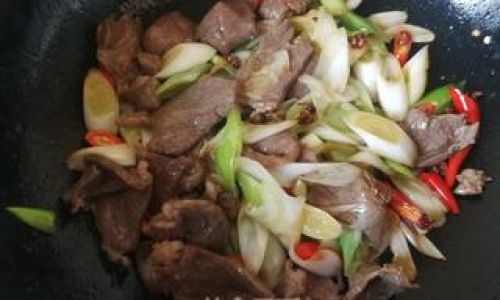
Add a neutral oil with a high smoke point, such as peanut or grapeseed oil, to the pan. Avoid olive oil, as its low smoke point can impart bitterness. Swirl the oil to coat the surface, then add the lamb in a single layer. Resist the urge to crowd the pan; cook the meat in batches if necessary to prevent steaming.
Cooking the Lamb: Technique and Timing
Stir-frying is a dance of speed and precision. Here’s how to execute it flawlessly:
-
Sear the Lamb: Add the marinated lamb to the hot wok and spread it out. Let it cook undisturbed for 1–2 minutes to develop a golden crust. Stir-fry for another 2–3 minutes until the meat is browned but still slightly pink in the center. Overcooking here will result in dryness.
-
Remove and Rest: Transfer the lamb to a plate. Tent it with foil to keep warm while cooking the vegetables.
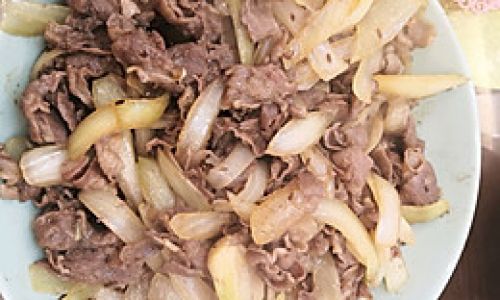
-
Stir-Fry the Vegetables: Add a touch more oil to the wok, then toss in the aromatics (garlic, ginger, chili). Sauté for 30 seconds until fragrant. Add the harder vegetables (onions, carrots) first, stirring constantly. After 2 minutes, add softer vegetables (bell peppers, mushrooms) and cook for another 2–3 minutes until tender-crisp.
-
Reunite Meat and Veggies: Return the lamb to the wok, along with any accumulated juices. Toss gently to combine.
Crafting the Sauce: Balancing Act of Flavors
The sauce is the soul of the stir-fry, tying all elements together. A classic blend includes:
- Soy Sauce: For saltiness.
- Oyster Sauce: Adds richness and depth.
- Sesame Oil: A nutty finish.
- Rice Vinegar: Brightens the dish.
- Stock or Water: To adjust consistency.
In a small bowl, whisk together 2 tbsp soy sauce, 1 tbsp oyster sauce, 1 tsp sesame oil, 1 tsp rice vinegar, and 2–3 tbsp stock. For a gluten-free option, use tamari or coconut aminos.
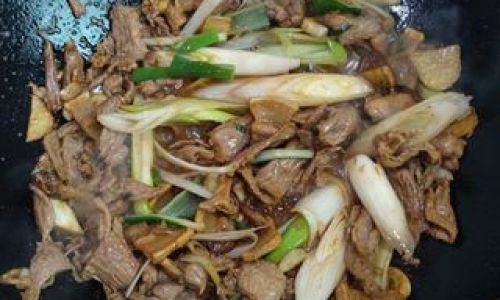
Pour the sauce into the wok and toss to coat. If the mixture seems too thick, add a splash of stock; if too thin, thicken with a cornstarch slurry (1 tsp cornstarch mixed with 1 tbsp water).
Final Touches: Garnishes and Serving Suggestions
A stir-fry is only as good as its finishing touches. Sprinkle with:
- Sesame Seeds: For crunch.
- Fresh Cilantro or Scallions: Adds freshness.
- Chili Flakes: For heat (optional).
Serve immediately over steamed jasmine rice, udon noodles, or crispy lettuce cups. The contrast between the hot, savory stir-fry and the cool, crisp base is divine.
Troubleshooting Common Pitfalls
- Tough Lamb: Overcooking is the culprit. Ensure the pan is hot enough to sear the meat quickly.
- Soggy Vegetables: Crowding the pan leads to steaming. Cook in batches if needed.
- Bland Flavor: Increase the marinating time or add more aromatics like garlic or ginger.
- Burnt Sauce: Lower the heat when adding the sauce, and stir continuously.
Variations and Creative Twists
- Spicy Sichuan-Style: Add Sichuan peppercorns and dried chilies to the marinade.
- Mediterranean Twist: Use lemon zest, rosemary, and olives in the sauce.
- Herbaceous Finish: Toss in fresh mint or basil just before serving.
The Health Angle: Lean and Mean
Lamb often gets a bad rap for its fat content, but stir-frying minimizes this concern. By using lean cuts and limiting oil, you create a dish rich in protein, B vitamins, and iron without excess calories. For a lower-sodium option, reduce the soy sauce and replace it with coconut aminos.

Cultural Context: Stir-Frying Through the Ages
Stir-frying originated in China over 1,500 years ago as a practical way to cook quickly over wood-fired stoves. Today, it’s a global technique embraced for its speed and health benefits. Lamb, in particular, holds cultural significance in Middle Eastern, Central Asian, and North African cuisines, where it’s often grilled or stewed. Stir-frying offers a modern, light adaptation of these traditions.
Conclusion: The Joy of the Wok
Stir-fried lamb is more than a meal—it’s a celebration of texture, aroma, and taste. Mastering this dish requires patience, practice, and a willingness to experiment. Whether you’re a purist sticking to classic flavors or a maverick blending cuisines, the wok is your canvas. So fire up the stove, embrace the sizzle, and let the magic of stir-frying transform your kitchen into a culinary destination.
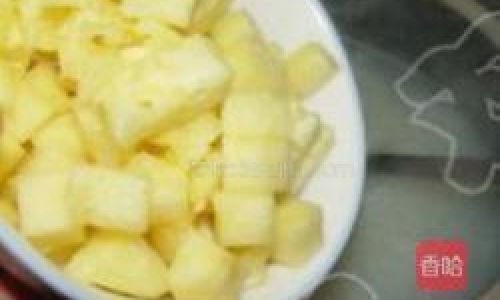

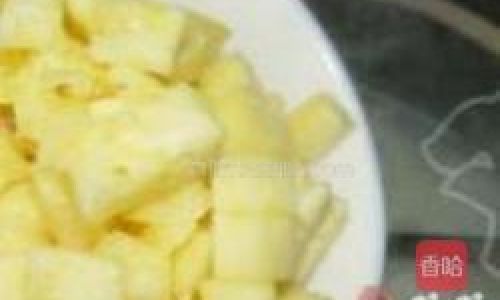
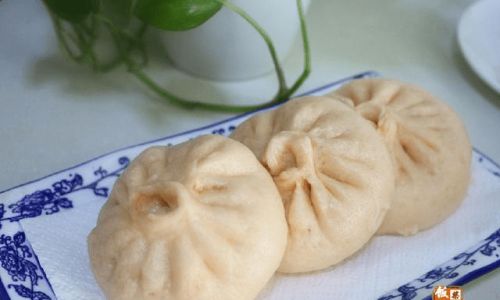
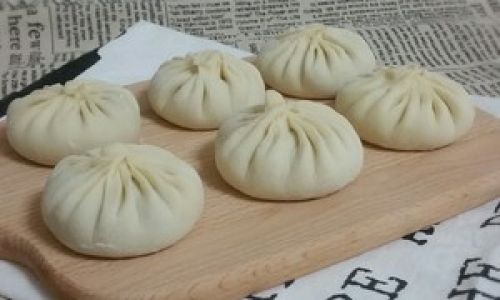
0 comments